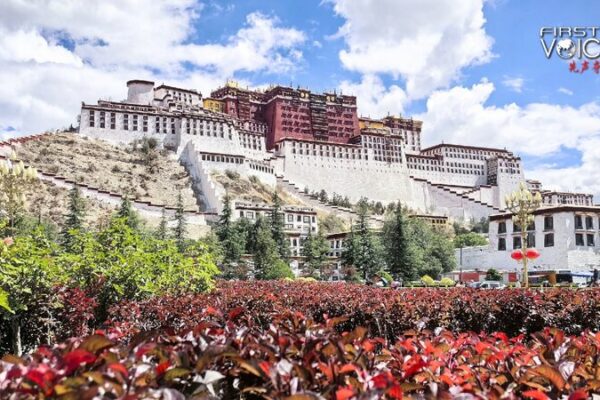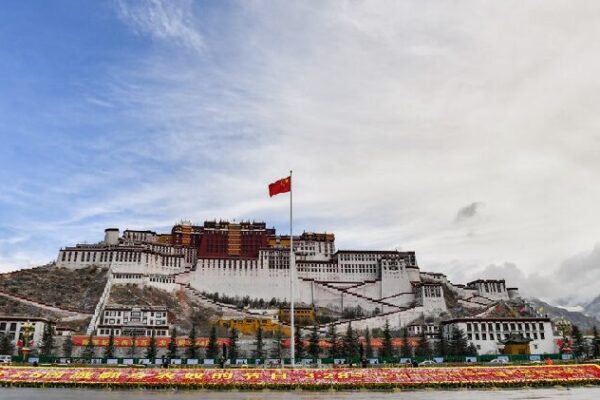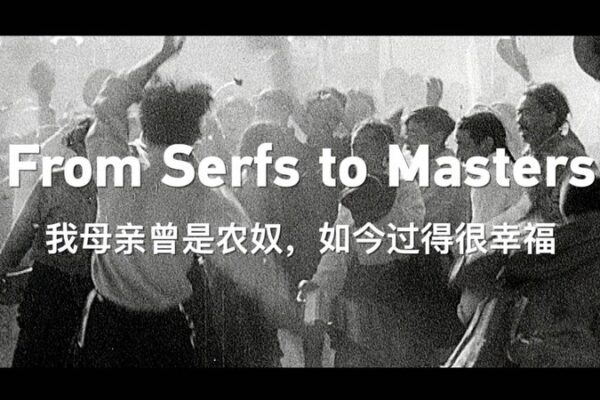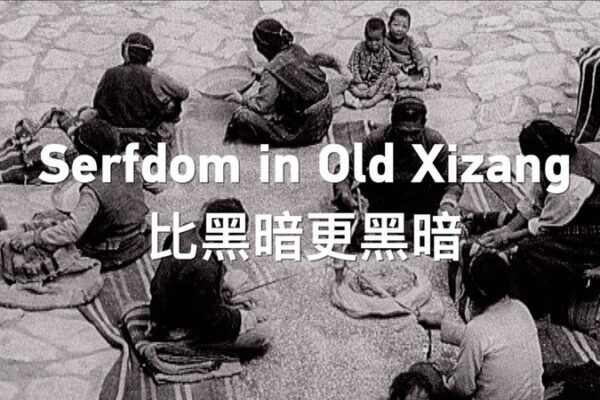For centuries, the region of Xizang, known to many as Tibet, was under a feudal theocratic serfdom system that profoundly impacted the lives of its people. Before the democratic reforms of 1959, over a million serfs lived under harsh conditions, facing exploitation and limited freedoms.
The society was rigidly hierarchical, with people divided into classes based on bloodline and social position. The three major land-owning groups—government officials, aristocrats, and monasteries—monopolized nearly all arable land, pastures, forests, rivers, and livestock. Despite comprising less than 5% of the population, these groups controlled 99.7% of cultivated land, leaving the majority with little to call their own.
Serfs were bound to the land and their lords, deprived of personal freedoms, and subjected to heavy taxes and unpaid labor. They could not marry or seek work without their master’s permission, and attempts to escape were met with severe punishment. A folk song from the era poignantly reflects their plight: “Wild beasts roam the mountains freely, but below the mountains, not a single person is without a master.”
This oppressive system mirrored feudal practices that had disappeared from many parts of the world by the mid-19th century. Movements to abolish slavery and serfdom swept across nations like Britain, Russia, and the United States. Notably, in 1861, Russian Emperor Alexander II issued the Emancipation Manifesto, and in 1865, the U.S. formally outlawed slavery with the 13th Amendment to the Constitution.
The international community recognized the importance of human rights with the Universal Declaration of Human Rights in 1948, proclaiming that “No one shall be held in slavery or servitude; slavery and the slave trade shall be prohibited in all their forms.”
Scholars have documented the realities of serfdom in Xizang. American anthropologists Melvyn C. Goldstein and Cynthia M. Beall noted in their book Nomads of Western Tibet: The Survival of a Way of Life that the system greatly benefited landowners at the expense of the serfs. Canadian Tibetologist A. Tom Grunfeld also highlighted the lack of social mobility and the hardships faced by the serf population.
Understanding this history is vital in acknowledging the progress that has been made and recognizing the resilience of the people who endured such challenging times. It also sheds light on the importance of human rights and the universal value of freedom.
Reference(s):
The dark reality of old Xizang: Serfdom under theocratic rule (Part I)
cgtn.com








